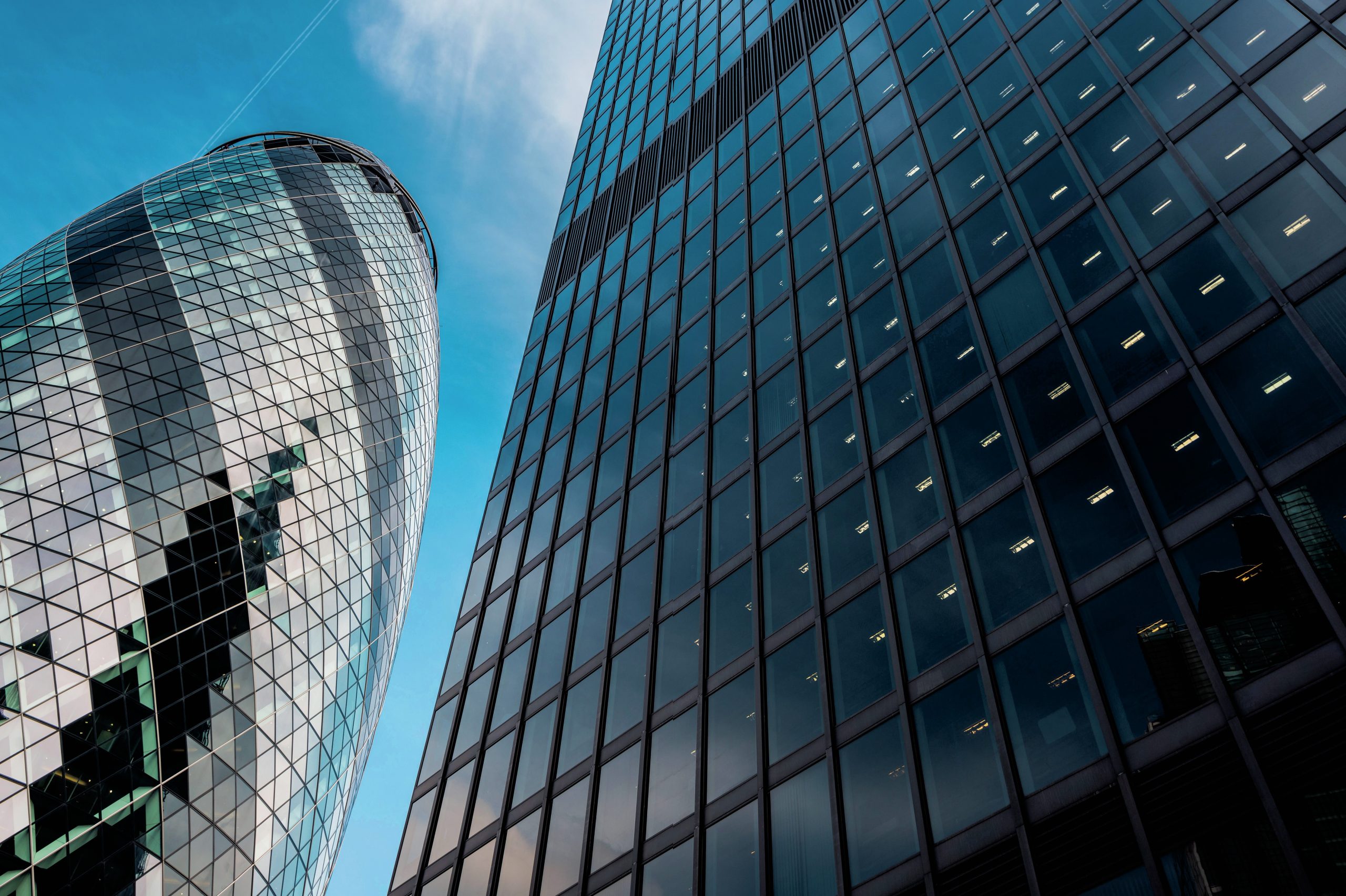
Glass is a strong, transparent, chemically stable material, which for centuries has been used to make containers (1). It can be made by melting sand, sometimes mixed with other materials such as limestone, and letting it solidify. Molten glass can be blown and moulded into shape or formed into sheets. In the float glass process, a layer of molten glass floats on a bath of molten tin to form a smooth, flat sheet (2). For a video tour, see https://tinyurl.com/float-glass-process
Glass is an amorphous (non-crystalline) solid material, composed mainly of silicon dioxide. In (3), the nuclear diameters are very much less than the bond lengths, and are not drawn to scale. Light can pass between the nuclei, interacting only with the electrons. These interactions make the electrons vibrate, and reduce the speed of light through the glass. A photon can only be absorbed if its energy is exactly equal to the difference between two electron energy levels (4): photon energy, E = hf, where h is the Planck constant and f is the frequency of the light wave. Glass is transparent because its electron energy levels do not match the energies of visible photons.
Your organisation does not have access to this article.
Sign up today to give your students the edge they need to achieve their best grades with subject expertise
Subscribe




